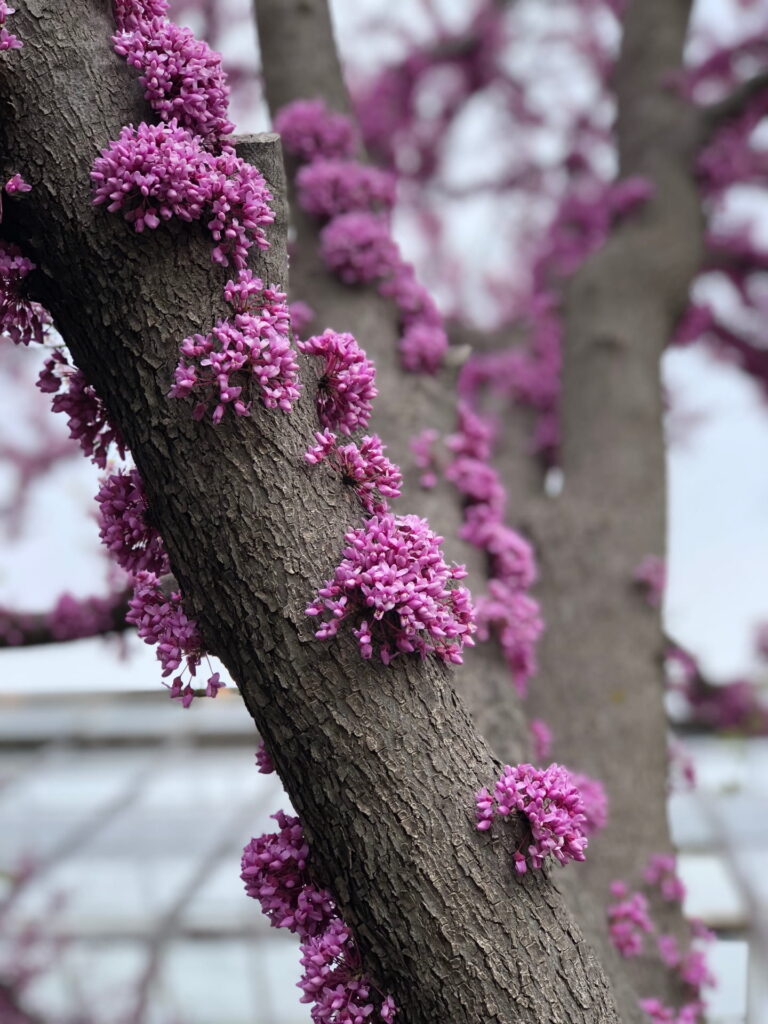
If you’ve ever come across a Redbud tree in full bloom, you may have noticed something peculiar: flowers appearing not just on the branches, but also along the trunk itself. This natural phenomenon, known as cauliflory, has piqued the curiosity of many nature enthusiasts. Is it a sign of disease or something more extraordinary? Today, we unravel the mystery.
According to renowned horticulturist Michael Dirr and the Virginia Native Plant Society, cauliflory is a normal growth characteristic of the eastern redbud tree (Cercis canadensis). These deciduous trees, native to eastern North America, boast clusters of delicate pink flowers that emerge in spring to early summer, before the leaves unfurl. What sets them apart is their ability to produce flowers on various parts of the tree, including the trunk and larger branches.

The exact reason behind this unique flowering behavior remains a subject of scientific study. Some experts believe that cauliflory in redbud trees may be an adaptation to attract a specific group of pollinators, such as early-emerging bees or other insects. By flowering directly on the trunk, the tree ensures that it doesn’t miss out on potential pollination opportunities.
While cauliflory may appear unusual, it is a natural and enchanting phenomenon observed in mature redbud trees. These magnificent trees add a touch of beauty and intrigue to their surroundings, with their flowers adorning not only the branches but also the very trunk that supports them.

So, the next time you spot a Redbud tree covered in blossoms, take a moment to appreciate the wonder of nature’s ingenious design. The trunk blooming serves as a gentle reminder that in the realm of flora, surprises can be found in the most unexpected places.

Leave a Reply